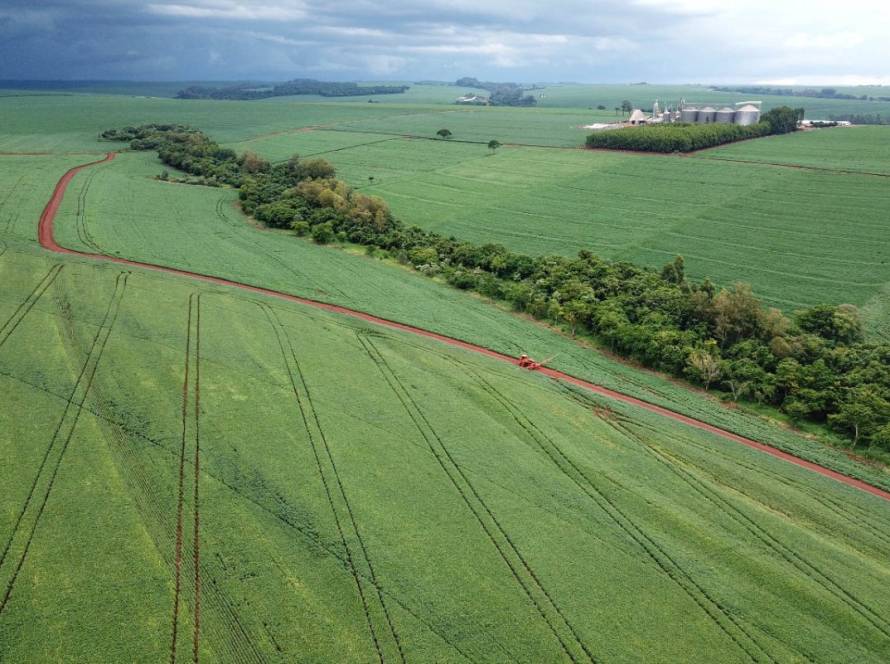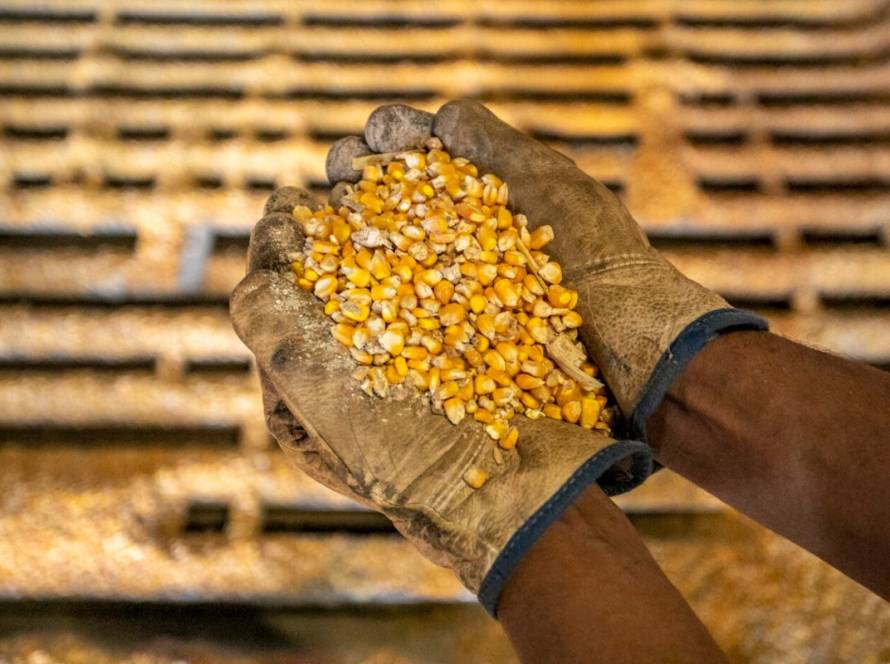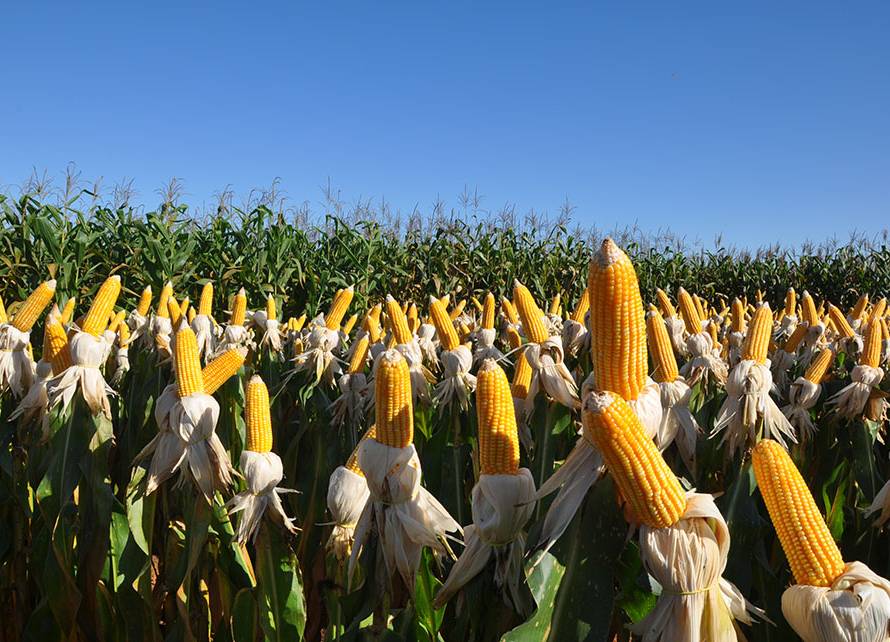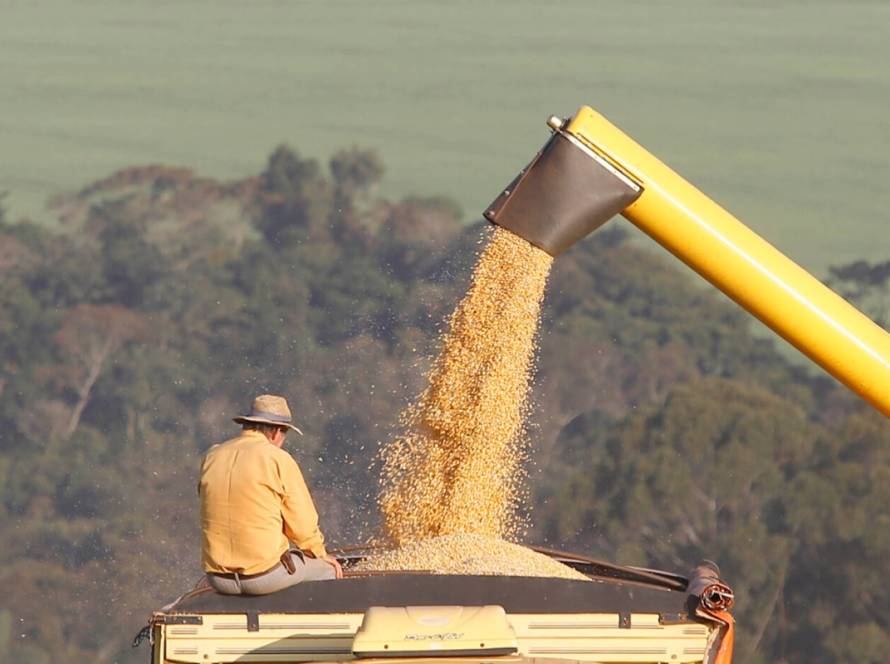The complex of stunts caused by mollicutes and viruses, the biggest phytosanitary problem affecting corn crops, pointed out by researchers and producers as one of the factors that reduced the productivity of the cereal in the state of Paraná in the second harvest of 2024, will be the theme of the 1st Brazilian Meeting on Corn Health during the 18th National Seminar on Second-Season Corn.
The event will take place in Londrina, Paraná, from September 9th to 11th and will bring together experts to discuss, among other topics, monitoring measures for leafhoppers, aphids, mollicutes, and viruses in corn crops. The corn leafhopper and the pathogens transmitted by this insect cause enormous losses. According to studies by the Paraná Institute for Rural Development (IDR-Paraná) and the Federal University of Viçosa (UFV), one unit in the severity rating of the problem reduces productivity by 1,015 kg/ha or 12.4%. In extreme situations, Embrapa reports crop losses of up to 1,00%.

Photo: Guilherme Viana
In Paraná, for example, corn production is concentrated in the second harvest period, accounting for 89% of this cereal's cultivation (Conab data from 2024). Productivity this year was reduced by 12% compared to the same agricultural period in 2023: 12.515 million tons against 14.154 million tons, resulting in a decrease in average productivity per hectare from 5,964 kg in 2023 to 4,948 kg in 2024.
“Among the factors that influenced the reduction in corn productivity, we can highlight the stunt complex, consisting of red stunt – phytoplasma, pale stunt – spiroplasma – streak virus, in addition to the streak mosaic virus, transmitted by the corn leafhopper Dalbulus maidis,” explains researcher Ivan Bordin, from the Plant Science area of IDR-Paraná..
Bordin, who chairs the organizing committee of the 18th National Seminar on Second-Crop Corn, highlights that the strategies for managing the stunting complex are: use of hybrids with greater tolerance, which is the most efficient strategy; elimination of weeds (tigera corn); synchronization of the corn sowing period at the farm and regional level; and seed treatment with insecticides, control with synthetic and biological insecticides via spraying in the early stages of plant development.
According to him, following the most efficient strategy of opting for more tolerant hybrids to reduce the problem, "regardless of the mechanisms that determine these differentiated responses to pathogens, the important thing is to adjust the recommendation of germplasm with the best productive performance for each location evaluated, respecting the particularities in relation to its cycle and agricultural zoning of climate risk in Paraná," he assesses.
Network created to combat the problem
Experts from several research companies gathered in the state of Paraná to identify alternatives for controlling corn leafhopper disease and viruses. Researchers from IDR-Paraná, Embrapa Milho e Sorgo, universities, and cooperatives are monitoring crops in the state, producing and disseminating knowledge and technologies for corn leafhopper prevention and control, as well as evaluating hybrid responses to the problem.
Corn Stunt Complex Network (CEM)

Photo: Disclosure/OP Rural Archive
The Corn Stunt Complex Network (CEM Network) was established in 2023 to meet the demand of the state's agricultural sector, which has been experiencing losses caused by stunting and viruses transmitted by the corn leafhopper.
The network, which includes the Araucária Foundation's initiative on the New Research and Innovation Arrangement (NAPI), was organized into three priority axes, which comprise a statewide effort to integrate information and data, in order to allow the systematization of results, to support the indication of technical criteria for managing the corn stunt complex in Paraná.
The researchers involved in each research axis participate in the activities in an integrated manner and follow the methodology (technical protocols) established for the Network.
The three thematic axes that guide the Network's work are: monitoring leafhoppers and pathogens of the corn stunt complex; evaluations of germplasm reactions (hybrids and varieties); and evaluations of the effectiveness of the application of synthetic and biological insecticides in controlling Dalbulus maidis.





